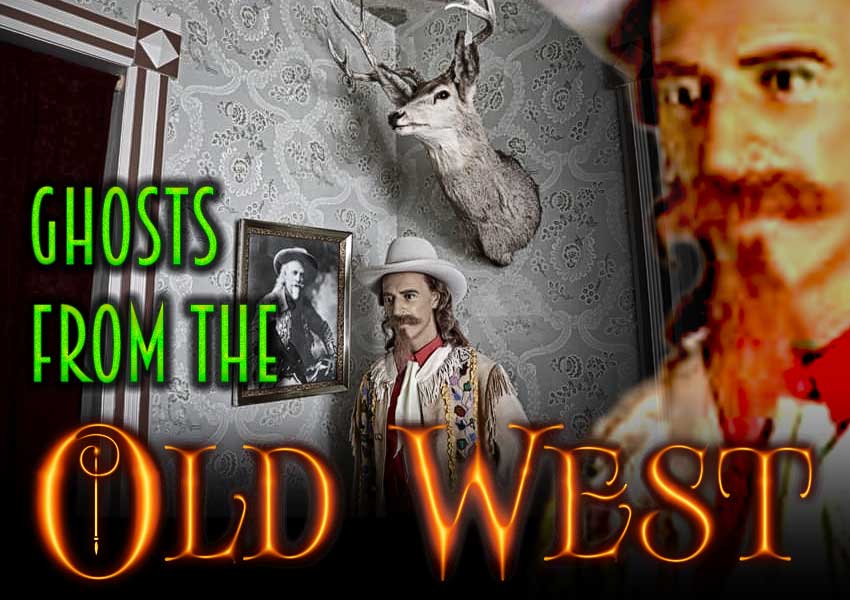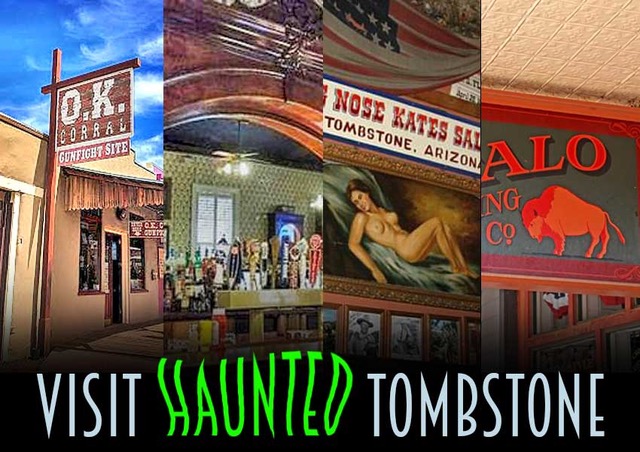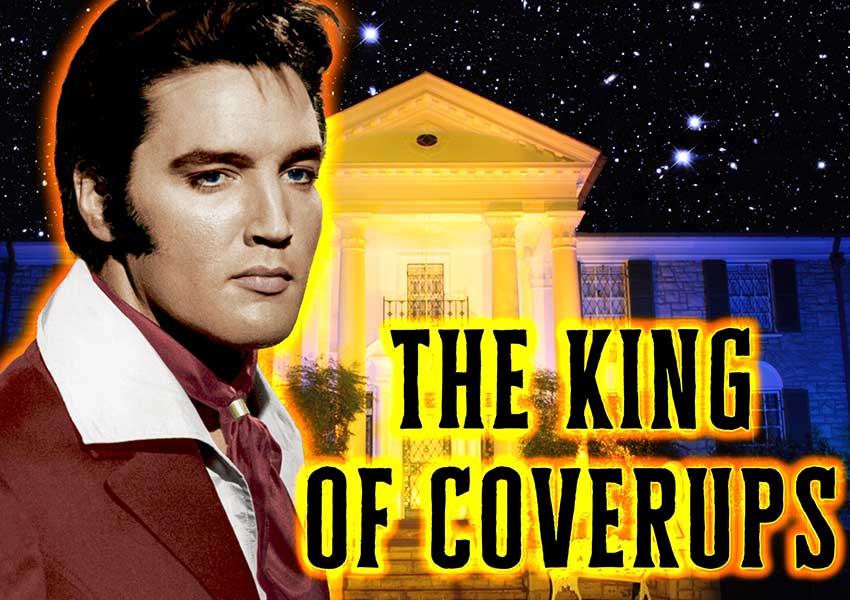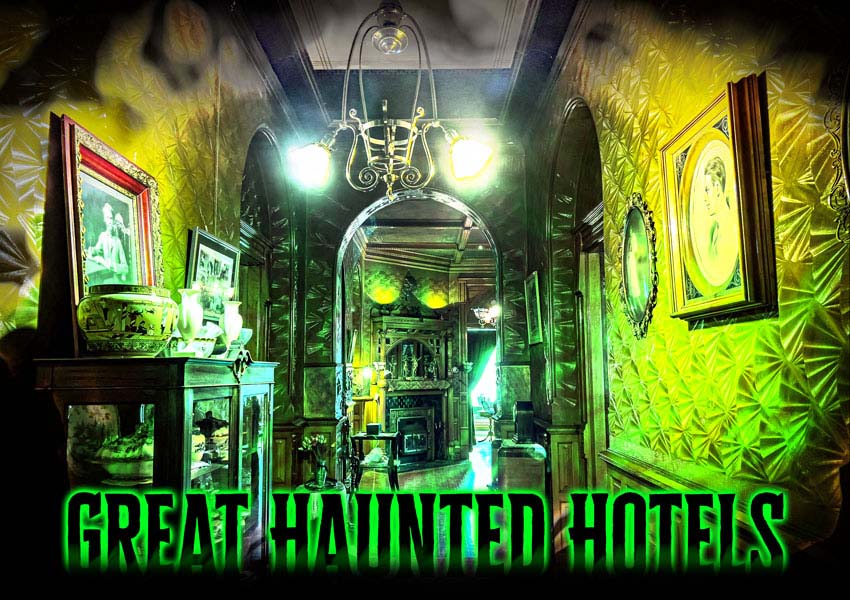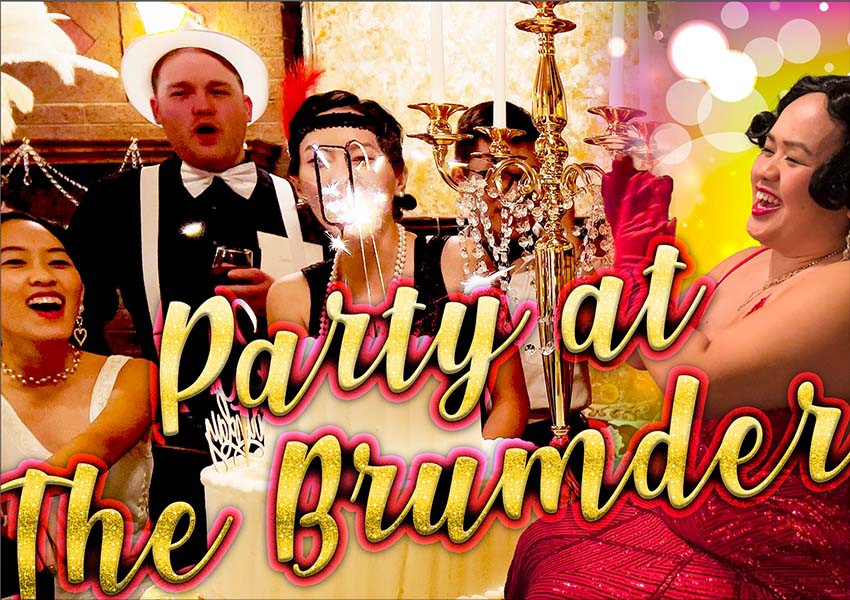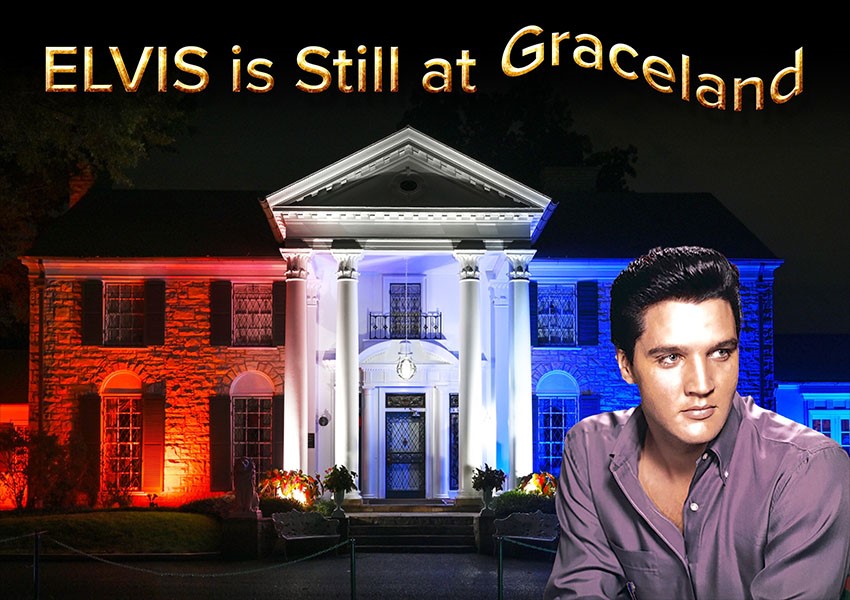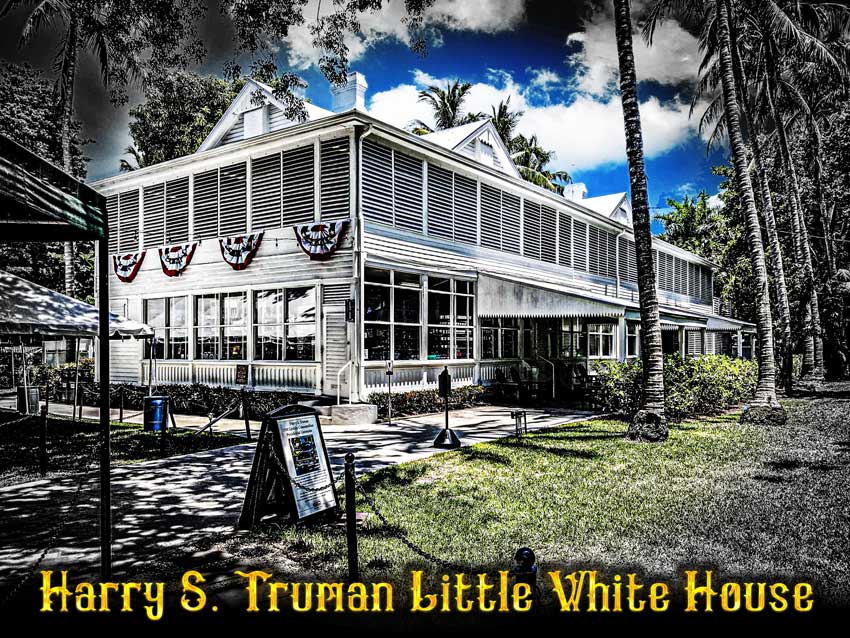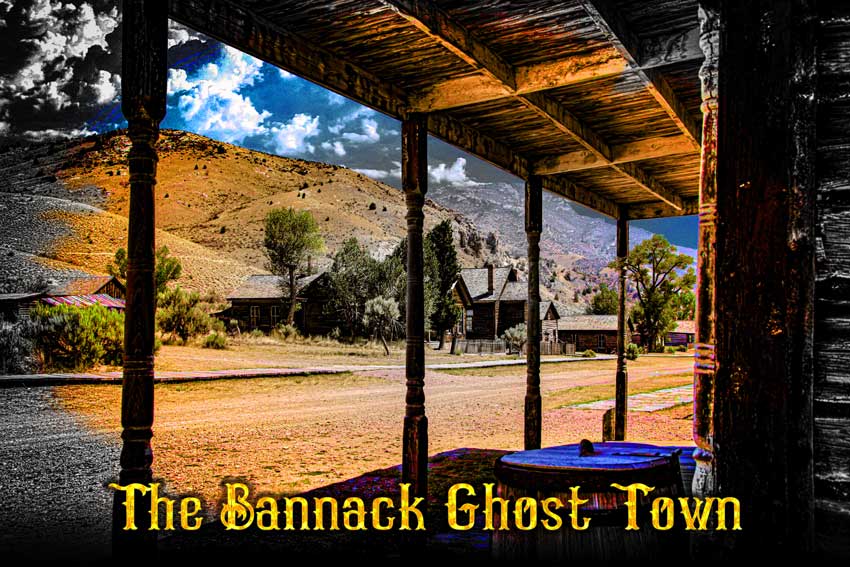Sacramento California
Stanford Mansion
The spirit of the original owner’s son comforted his parents.
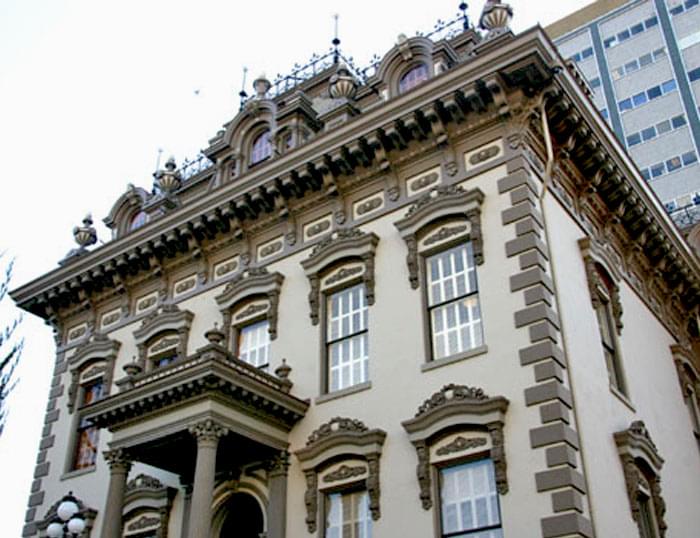
DESCRIPTION
This glorious, 19,000 square foot, Renaissance Revival and second French Empire, four-story mansion was fully restored in 2005, after 14 years of raising funds and precise restoration work, at the price of 22 million dollars. It is both a state park and a “venue for the governor to entertain dignitaries, lawmakers and pals.” State Legislators also use it for their functions. The current governor also has an office here, following a tradition set by past Governors, beginning with Leland Stanford.
Looking at the front of the mansion, architectural enthusiasts may notice that the second and third floors are designed in the Renaissance Revival style, while the first and fourth floor are designed in the French second Revival style, complete with a Mansard Roof! Huh? You may wonder what they were smoking or drinking in the 19th century.
There is an explanation for this! The original architect built a two-story, 4,000 square foot upscale home in the Renaissance Revival style, popular before the Civil War, in 1856, for city councilman and successful merchant Shelton Fogus. Fogus sold it to Governor-elect Leland Stanford in 1862, changing its future for the good, because of the kind of person Leland Stanford was.
A first generation American, Stanford came from a family of movers and shakers, and contributed much to California and business. Besides serving a two year term as the ninth Governor of the state, he had many accomplishments throughout his life.
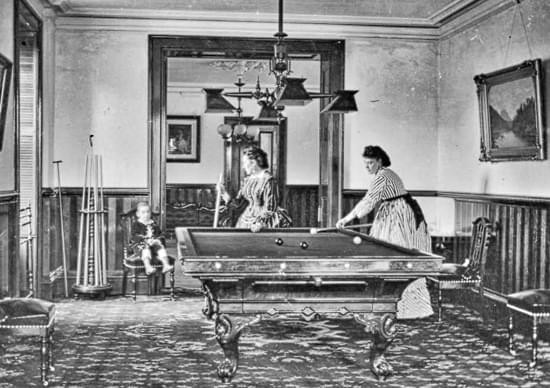 In politics, besides being the first Republican Governor in California for a two year term (1862-1863), Leland Stanford founded the Californian Republican Party, helped to pass legislation to cut the state debt in half, and helped pass legislation to increase the Governor’s term of office from two to four years.
In politics, besides being the first Republican Governor in California for a two year term (1862-1863), Leland Stanford founded the Californian Republican Party, helped to pass legislation to cut the state debt in half, and helped pass legislation to increase the Governor’s term of office from two to four years.
Leland helped run railroads, owned various enterprises (including a winery and a horse farm), founded Stanford College in response to a heart-rendering personal tragedy, and was a Senator representing California from 1886-1893, until he died of heart problems.
Under Leland and Jane Stanford’s ownership, it is not surprising that the mansion grew much larger and grander, eventually becoming California’s version of “The White House”. Their only son, Leland Stanford Jr., was born there in 1868.
Houses built by rivers are inevitably flooded sooner or later, a lesson the Stanfords learned the hard way. Leland had to go to his own gubernatorial inauguration via rowboat, after exiting a second floor window of the mansion. Because the flooding of the Sacramento River was a huge problem when it happened, Leland, with the support of his wife, decided in 1871 to raise up the entire structure 12 feet, and add a new first floor and a fourth floor, designed in the popular French second Empire style, expanding the square footage nearly five times to 19,000 sq. ft.
In 1872, a local paper, The Chronicle, gave a described the splendor and class of the remodeled mansion, in a Feb. 7th edition article:
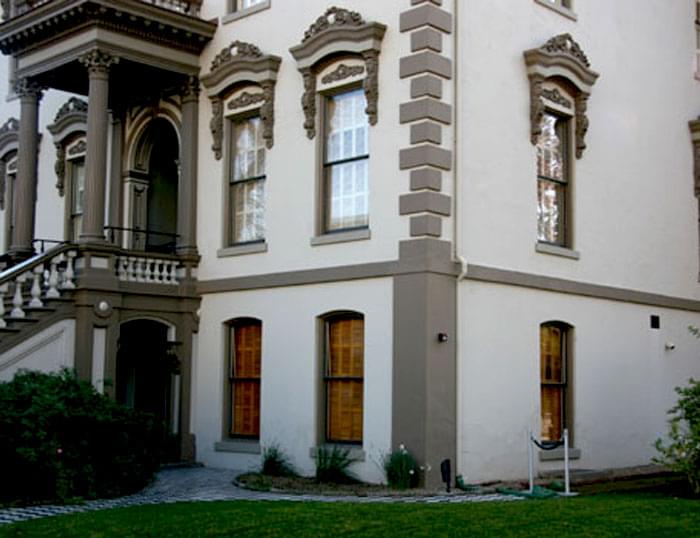 “(The mansion) contains 44 rooms, all most elaborately and luxuriously furnished and fitted up. Good taste and cultured imaginations have been exhausted in furnishing the establishment. Magnificent and costly furniture in every room; lace curtains of the finest fabric; carpets that receive with noiseless tread the footfall, frescoes beautiful in design and exquisite in artistic perfection adorn the walls and ceiling.”
“(The mansion) contains 44 rooms, all most elaborately and luxuriously furnished and fitted up. Good taste and cultured imaginations have been exhausted in furnishing the establishment. Magnificent and costly furniture in every room; lace curtains of the finest fabric; carpets that receive with noiseless tread the footfall, frescoes beautiful in design and exquisite in artistic perfection adorn the walls and ceiling.”
When Leland died in 1893, his estate was in a mess, and the fledgling junior college he’d founded was heading toward bankruptcy. Jane kept the dream alive by selling their Knob Hill mansion, and some other properties, to pay taxes and to bail out the university. She oversaw its running until she died. The junior college eventually became a full blown university, and a magnet for the best and brightest young men and young women.
For good measure, she left Leland Stanford Mansion and most of its furnishings to the Roman Catholic Diocese of Sacramento, with the condition that the property be used for the children of California. She and Leland lived their faith and were generous in their giving to others.
The Sisters of Mercy were in charge of the mansion, which they ran as an orphanage/settlement house for 32 years, The Stanford & Lathrop Memorial Home for Friendless Children. The sisters had the foresight to put in storage the chandeliers and other furniture and took good care of the woodwork. They were excellent stewards of the property during their time there.
The mansion was transformed. Parlors and dining rooms were partitioned, walls and ceilings were painted off-white, etc. What had been a family home became a practical institution, ready to shelter children who were homeless and had no family. A settlement house to help the poor was eventually located here as well. Around the turn of the century, and into the early 1900s, various church denominations set up orphanages and settlement houses to serve the needs of the poor.
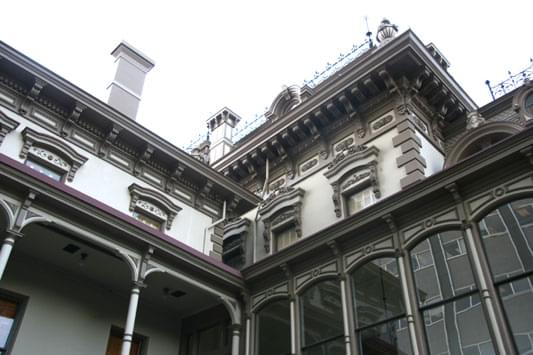 With the coming of the New Deal, the need for a settlement house lessened. However, the need for a group home for teen girls now became apparent. In 1932, the mansion was turned over to the Sisters of Social Service, and was transformed into a residence for teen girls. In 1940, a fire did heavy damage to the fourth floor. The home for teen girls operated until 1987, despite the fact that the state of California bought the property in 1978, with the plan to make it a state park.
With the coming of the New Deal, the need for a settlement house lessened. However, the need for a group home for teen girls now became apparent. In 1932, the mansion was turned over to the Sisters of Social Service, and was transformed into a residence for teen girls. In 1940, a fire did heavy damage to the fourth floor. The home for teen girls operated until 1987, despite the fact that the state of California bought the property in 1978, with the plan to make it a state park.
In 1987, The National Parks Service got into the act, and declared the Leland Stanford Mansion a National Historic Landmark.
By then it was a true fixer-upper opportunity, despite the efforts and care of the Sisters over the years. It was in need of restoration and TLC, to be provided by historical enthusiasts and craftsmen, who were eager to transform it back into its pristine state, to be opened as a historical museum.
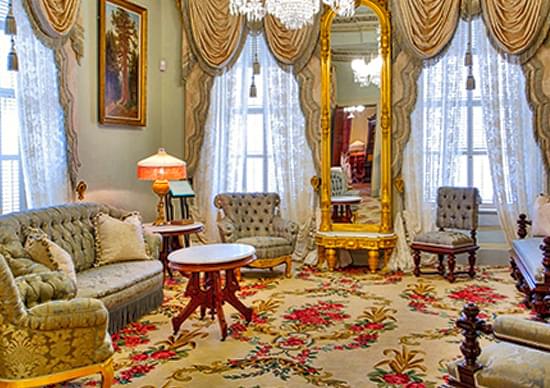 They would have some great sources to do so. Many details were gathered from the Historic American Buildings Survey, as wll as detailed studies of a large collection of photographs of the home taken in 1868 by Alfred A. Hart, and in 1872 by Englishman Edward Muybridge. These pictures had been commissioned byLeland and Jane Stanford. An ambitious restoration plan was drawn up, but it had to wait years for a joint private/state effort to raise the money.
They would have some great sources to do so. Many details were gathered from the Historic American Buildings Survey, as wll as detailed studies of a large collection of photographs of the home taken in 1868 by Alfred A. Hart, and in 1872 by Englishman Edward Muybridge. These pictures had been commissioned byLeland and Jane Stanford. An ambitious restoration plan was drawn up, but it had to wait years for a joint private/state effort to raise the money.
The campaign finally began in 1991, spear-headed by Governor Pete Wilson and his wife, Gayle, who imagined official government events at the property, which would also serve as a historical museum. For nine years, the Leland Stanford Mansion Foundation worked hard to raise their 10 million dollar share of the costs, while the state worked and waited for their share of the funds to somehow be found. In 2000, a bond measure passed, and money became instantly available. The slow process of restoration began.
Meanwhile, new information came to light, after the restoration process began. Under the old mansion’s white paint, its original colors, chosen by Leland and Jane Stanford, were discovered. Over five years were needed to fully restore the mansion to its original decor. New additions were created as well: a Visitor’s Center and Store, and an event center.
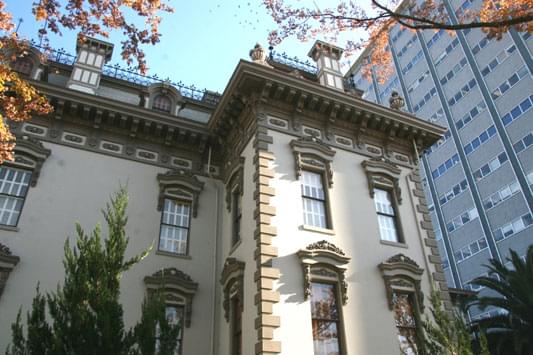 While the historical restoration of the mansion was detailed and carefully done, the Leland Stanford Mansion State Park would also benefit, with the modern features it would need for its new life as a historical museum, with an up-to-date social event venue. Electricity has been added, with all the necessary plug-ins and circuits needed to meet the needs of the press for such events. A new modern kitchen has all the bells and whistles, and “a network of cables for computer, security and audiovisual systems,” was placed in the walls.
While the historical restoration of the mansion was detailed and carefully done, the Leland Stanford Mansion State Park would also benefit, with the modern features it would need for its new life as a historical museum, with an up-to-date social event venue. Electricity has been added, with all the necessary plug-ins and circuits needed to meet the needs of the press for such events. A new modern kitchen has all the bells and whistles, and “a network of cables for computer, security and audiovisual systems,” was placed in the walls.
Now called, “Leland Stanford Mansion State Park”, it opened for the public on July 11th, 2006, as a place that the governor could once again have as an office, and as a place to entertain state visitors and hold events for the legislators.
In the Visitor’s Center, the visitor can experience “Interactive exhibits, artifacts, and an orientation film” free of charge. A Museum Store is also located inside the Visitor Center. The Visitor Center is open daily from 9:30 a.m. to 5:00 p.m. On the tour offered by the museum, the public can see life ias it was lived n 1868 with the Stanford family, the children’s orphanage, as well as California’s Protocol Center: (tour schedule)
HISTORY OF MANIFESTATIONS
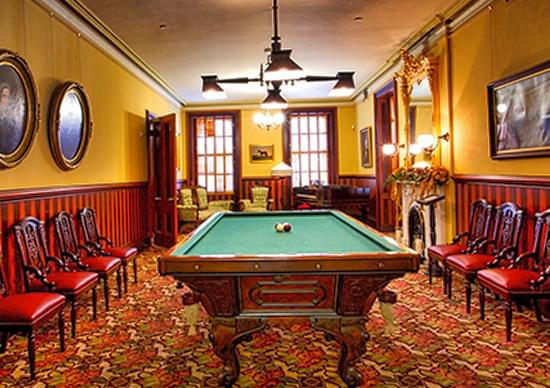 In 1883, Leland Stanford and his wife suffered an awful loss.
In 1883, Leland Stanford and his wife suffered an awful loss.
Their precocious 15 year old son, Leland Stanford Jr., the light of their life, died of typhoid fever in Italy, while studying the great Italian art masters.
Often when a child dies, the marriage is torn apart too.
This didn’t happen to Leland and Jane, who found a positive course of action in their sorrow, which helped to heal their deep pain. They gave of their resources and established public institutions that could help children and youth.
MANIFESTATIONS
The entity of Leland Jr.
The entity of Leland Stanford Jr. first appeared to his father, sometime after Leland Stanford Jr.’s death.
Leland Jr. comforted his father and asked him to put his money and effort into building a university for young men, giving them a chance to learn, grow and contribute to society.
Leland Stanford, always a mover and a shaker took this request to heart. With his wife, Jane, the couple founded Stanford University, starting it as a junior college in 1891 on the land of their Palo Alto Horse Farm.
Even though their son’s death ended a promising life, it led to the building of a college where other young men could further their education.
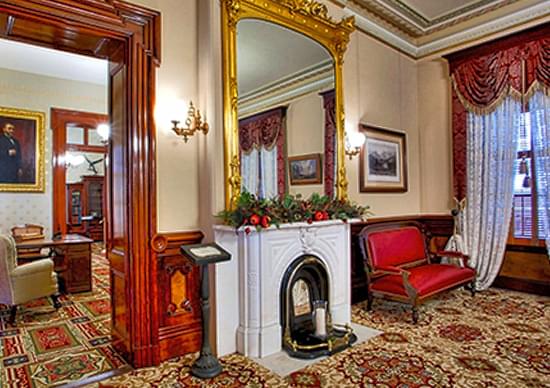
STILL HAUNTED?
Unknown at this time. No paranormal investigations have been done here, and the only experience reported is that of young Leland Jr., though religious groups usually don’t report their experiences, preferring to keep them private. Time will tell. Entities usually will let their presence be known, and the personal experiences of staff and visitors/guests will be reported if the property is indeed haunted or spiritually supervised.
The appearance of young Leland Stanford Jr. to his father could’ve been the simple purpose of comforting his heart-broken father, and giving him the idea to put his grief to work for something positive.
Sometimes spirits appear for a specific purpose.
Or perhaps the entity of Leland Jr. is still here, as he died before he was ready to do so. He loved art and was on an art tour in Italy when he became sick and died.
Renovating a building can stir up paranormal activity. This mansion is over 100 years old, and there may be some spirits, who were alive during its long history, who are attached to the place, or a piece of furniture/decor in it.
Buildings used by institutions, which have seen a lot of people pass through, where dedicated employees work, sometimes have spirits who are not ready to go to the other side because of unsolved issues, or an unwillingness to leave one’s life work.
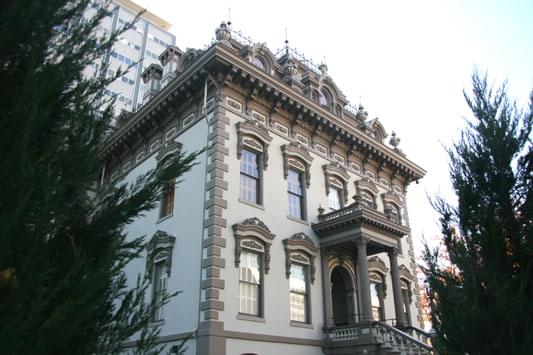
LOCATION
802 “N” Street
Sacramento, California 95814
(916) 324-0575
Leland Stanford Mansion State Park and its gardens are located two blocks west of Sacramento’s Capitol building on the corner of 8th Street and N Street. Follow the brick path to the Visitor Center at the rear of the property.
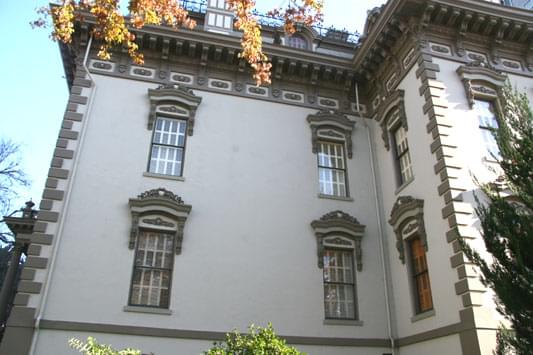
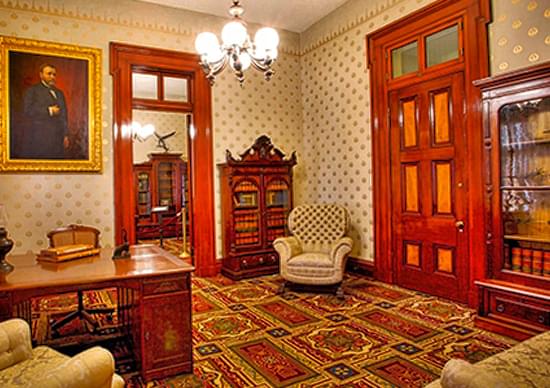
SOURCES INCLUDE
- newsreview.com
- sfgate.com
- en.wikipedia.org
Our Haunted Paranormal Stories are Written by Julie Carr



